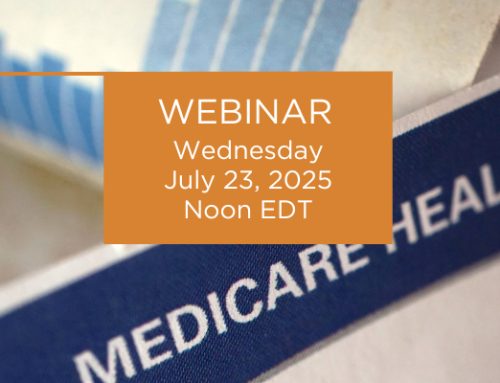By Cindy Turner, CPA, QKA
Individuals are able to save for retirement through several retirement vehicles. Qualified retirement plans and Individual Retirement Accounts (IRAs) are the two most common vehicles. You are able to defer the taxes until you make withdrawals from the retirement account if you are saving on a pre-tax basis. At the time of withdrawal you are taxed on both the contribution and the earnings.
If you are contributing to a Roth account, the contributions are after-tax (no current deduction). Earnings are not taxed when you take a distribution if the withdrawal is a qualified withdrawal. This means you pay no tax on the earnings.
Generally, the IRS requires individuals to start withdrawing their retirement accounts balances at age of 73. Withdrawals are based on life expectancy tables and are taxable.
SECURE 2.0 brought about a change to how Required Minimum Distributions (RMDs) in qualified retirement plans are calculated. Prior to SECURE 2.0, RMDs were calculated on the entire account balance, including Roth accounts. This calculation differed from the RMD calculation for IRAs. RMDs calculated on IRAs did not include Roth IRA balances. The different methods of RMD calculation caused much confusion.
Under SECURE 2.0 Roth account balances in qualified retirement plans are excluded from the RMD calculation starting in 2024. This change means a lower base used to calculate the RMD, producing a lesser amount to withdraw. It also means if you only have a Roth account in your qualified plan, there would not be an RMD from the plan.





